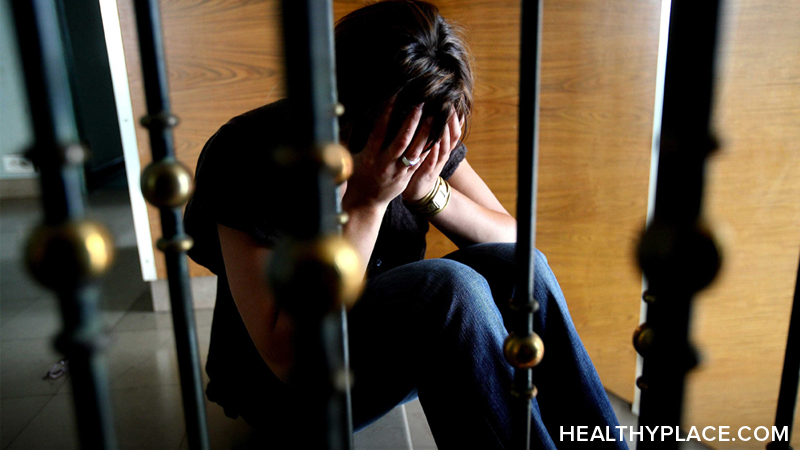Emotional Bullying and How to Deal with an Emotional Bully

Emotional bullying is something everyone remembers from their childhood. Remember the biggest kid on the playground who wanted to play with a ball, so he just took it from a younger child? Or remember the time some kids surrounded someone who was a little different and teased and mocked them until they cried? Or maybe you recall the "cool" group of kids in school who would ignore you and never let you be part of their group?
You're remembering emotionally bullying. Emotional bullying is when a person tries to get what they want by making others feel angry or afraid.
What is Emotional Bullying?
Emotional bullying isn't just seen on the playground; emotional bullying, although likely subtler, is seen in adult relationships and workplaces too. An emotional bully might:1
- Name-call, tease or mock
- Use sarcasm
- Threaten
- Put-down or belittle
- Ignore or exclude from a group
- Lie
- Torment
- Gang up on others
- Humiliate others
These behaviors can be seen in adult relationships, (see Psychologically Abusive Relationships: Are You in One?) like when an emotional bully makes another party "pay" for a perceived mistake or when an emotional bully constantly uses sarcasm in response to genuine questions. In the workplace, emotional bullying might be seen when "office pranks" are pulled in an attempt to humiliate a co-worker.
Effects of Emotional Bullying
And while some may write off emotional bullying as childish behavior or easily ignorable, research shows that emotional bullying can leave lasting scars on its victims (see Effects of Emotional Abuse on Adults). Moreover, those who have experienced emotional bullying are more likely to turn around and become emotional bullies themselves.
Emotional bullying can have negative effects on a person's mental health. Victims often feel shame, guilt, embarrassment and fear. These effects of emotional bullying can result in:
- Depression
- Low self-esteem
- Shyness
- Poor academic or job performance
- Isolation
- Threatened or attempted suicide
Emotional bullying can also lead to a version of Stockholm Syndrome, where the victim over-identifies with the emotional bully and even defends the bully's behavior to others.2
How to Deal with an Emotional Bully
The same advice that works in the schoolyard also works with adults: ignore or stand up to bullies.
Adults have more understanding of an emotional bully's behavior than a child does and can see behind a bully's actions to someone who may feel scared and alone and is lashing out. Adults can also understand that an emotional bully's behavior is not about the victim but about the abuser. An emotional bully doesn't just bully one person; they attempt to dominate others in that way as well.
Armed with this knowledge, someone who has been emotionally bullied can see the behavior as the symptom of an illness rather than as a personal attack. This simple change in point of view may be enough to make an emotional bully's behavior easier to ignore.
Standing up to an emotional bully is another tried and true technique, however. When someone stands up to an emotional bully, the bully is forced to change. It's unlikely that an emotional bully will ever change completely, but small alterations in behavior are possible and even more can happen if help is sought. Standing up to an emotional bully makes it more likely that the bully will realize that there is a problem and they may even be more willing to get help for it.
APA Reference
Tracy, N.
(2021, December 17). Emotional Bullying and How to Deal with an Emotional Bully, HealthyPlace. Retrieved
on 2025, December 18 from https://www.healthyplace.com/abuse/emotional-psychological-abuse/emotional-bullying-and-how-to-deal-with-an-emotional-bully



